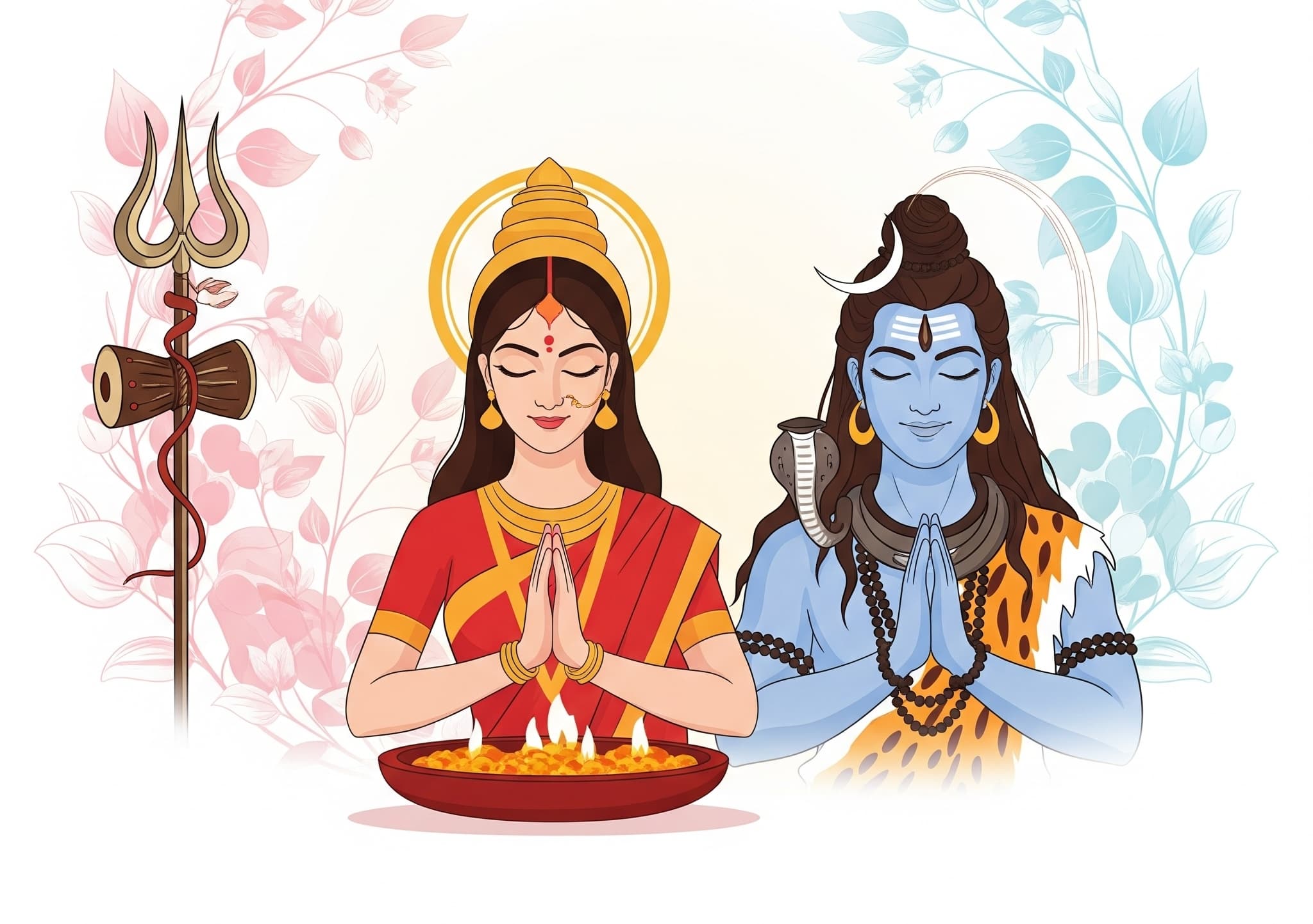Jayaparvati Vrat 2025: Date, fasting guidelines, significance and more

Jayaparvati Vrat is a five-day fast observed for Goddess Parvati seeking marital bliss, blessings, strength, and love
Not every prayer is loud. Some arrive in the quietest corners of the day, before the house wakes up, in the hush between two thoughts. Jayaparvati Vrat is that kind of prayer. It is not about grand rituals or big announcements, it’s simply about quiet belief, steady hearts, and the kind of love that grows patiently, like a garden in the shade. This year, Jayaparvati Vrat will start on the night of July 7 and while it is popular mostly in Gujarat and among certain Hindu communities, it is having a quiet moment in the hearts of women across India, especially the ones craving stillness, faith, and a good life partner (or the endurance of the one they already have). Think of it as the spiritual version of writing your dream partner into your journal with a whole lot of belief.
So, what is Jayaparvati Vrat?
Alright, let’s just lay it out. Jayaparvati Vrat is not your average fast. It falls every year right before Hariyali Teej, on Ashadha Shukla Paksha’s Trayodashi Tithi. This time around (2025, if you are keeping score), the whole thing kicks off late on July 7 at 11:10 pm and then really gets going on July 8, with puja prime-time between 7:23 and 9:24 pm. Mark your calendars, or don’t, but you’ll probably hear your aunt talking about it anyway.
At the heart of all this is Goddess Parvati. She is basically the poster woman for patience and ride-or-die wifey energy. She literally sat and meditated for ages to land Shiva. No drama, no ultimatums, just pure willpower and, let’s be honest, some serious stubbornness. And it paid off. That’s the vibe this fast is channelling: steady, solid, and not in-your-face.
Why do women observe it? And who is it really for?
Traditionally, the Jayaparvati Vrat is observed by unmarried women praying for a good life partner. But married women can also observe this fast, especially those praying for the long life, stability, or healing of their husbands. It is for the woman who has everything but still feels like something's missing, not just for those lacking something. And it’s not transactional or magic, like ‘I fast, you give me a husband.’ Think of it more like, ‘I ground myself in patience and devotion. I trust that love—real love—will find its way to me.’
The dos, don’ts and the rituals
Now, let’s talk about rituals. Because even devotion has a rhythm.
-
No salt for five days. (Yes, it’s hard. But your ancestors did it, so you can too.)
-
No wheat, no vegetables, no drama.
-
Fruits, milk, curd, sweets made of milk, and juice are allowed. Think Sattvic minimalism.
-
Each day begins with a resolution (a Sankalp) made with folded hands and an open heart.
-
A small idol of Shiva-Parvati (made of gold, silver, or clay) is placed on a symbolic Nandi (bull). This is the heart of the puja.
-
Flowers, kumkum, turmeric, and rice are offered in the Shodopchar puja method.
Benefits of Jayaparvati Vrat (Beyond the Obvious)
Sure, there’s the big-picture stuff—finding a suitable partner, ensuring marital bliss, and spiritual growth. But the real perks are more intimate:
-
You learn emotional discipline. Saying no to salt, while your brain screams for chips? That is some inner strength unlocked.
-
You plug into ancestral energy. Thousands of women have done this before you. You are literally standing in a line of devotion.
-
Your faith muscle strengthens. You start to believe that maybe, just maybe, the universe is listening.
-
It’s gentle shadow work. You confront your hopes, your fears, your definitions of love and worth.
-
You give your body a break—simple food, less screen time, more intentional living.
This year, the energy of Ashadha month is already potent, with Chaturmas beginning, Shiva consciousness peaking, and monsoon winds making everything smell like newness. Start small, maybe just one day of the vrat, or even lighting a diya for Parvati Maa. That’s enough.
Ask Agastyaa. Let AstroSure.ai decode your destiny, and walk beside you through every moon, mantra, and moment of waiting.



